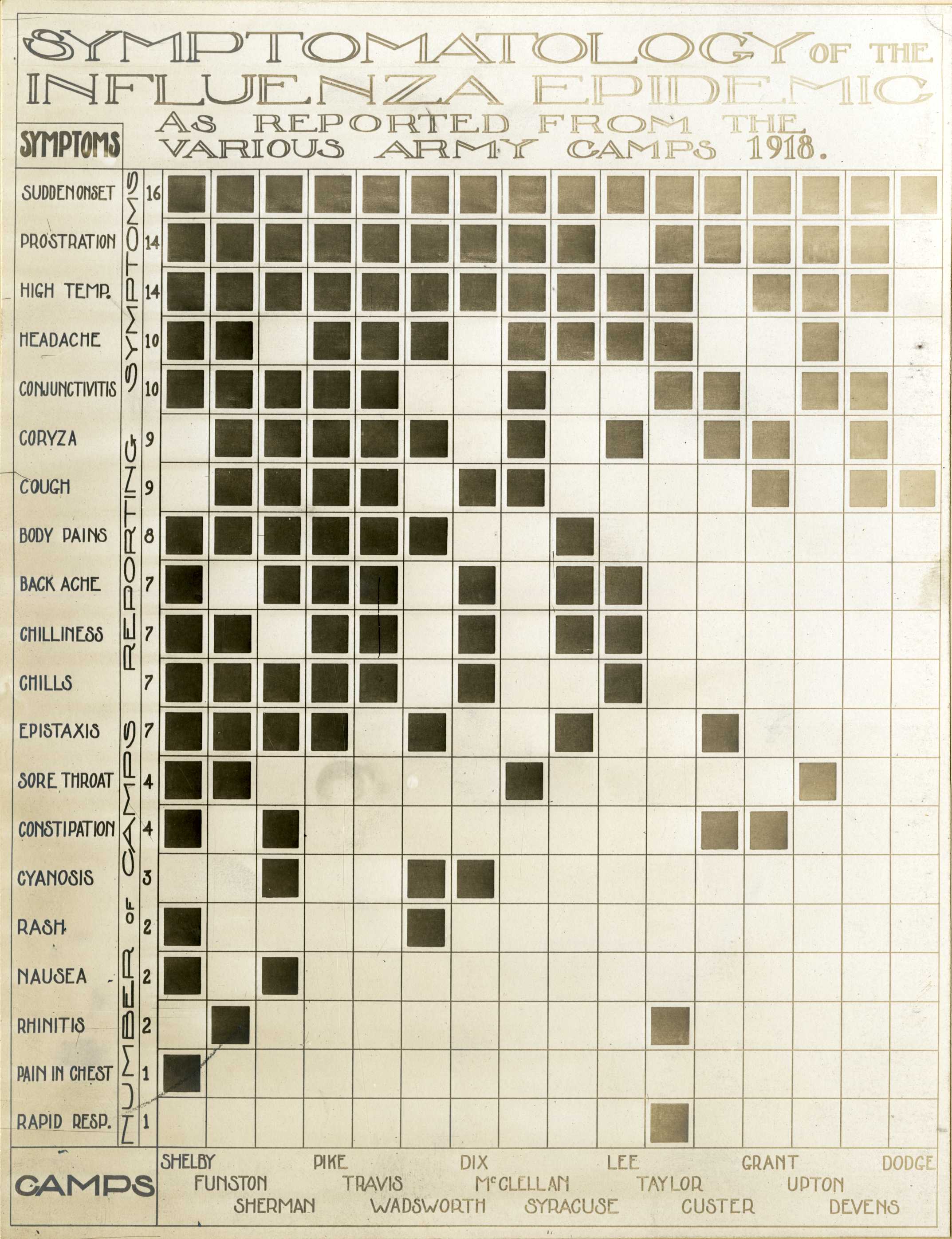
Photo from academic.microsoft.com
Cyclosporiasis is a global, emerging disease in humans caused by Cyclospora cayetanensis. The role of animals in the epidemiology of cyclosporiasis is not fully understood. We conducted a narrative review… Click to show full abstract
Cyclosporiasis is a global, emerging disease in humans caused by Cyclospora cayetanensis. The role of animals in the epidemiology of cyclosporiasis is not fully understood. We conducted a narrative review of the published literature on C. cayetanensis in animals. MEDLINE® (Web of Science™ ), Agricola (ProQuest), CABI Global Health (1979 to December 2020) and Food Science and Technology Abstracts (EBSCOhost) (1979 to February 2020) were searched. Studies of C. cayetanensis in or on any species of animal were eligible. Thirteen relevant studies were found. C. cayetanensis was found in wild and farmed Mediterranean mussels (Mytilus galloprovincialis), wild grooved carpet shell clams (Ruditapes decussatus) and in the faeces of dogs (domestic and street), wild chickens, wild rhesus macaques (Macaca mulatta), chimpanzees (Pan troglodytes) from a wildlife research centre, and Cynomolgus monkeys (Macaca fascicularis) from an experimental primate research centre. As the small intestines of the naturally exposed animals were not biopsied, existence of a natural animal reservoir of C. cayetanensis could not be confirmed. Animals shedding oocysts in their faeces may be paratenic hosts. Investigators were able to successfully infect the following animals with C. cayetanensis: oysters, Asian freshwater clams (Corbicula fluminea), Swiss albino mice and guinea pigs. Future non-laboratory studies of animals should use PCR coupled with DNA sequencing to confirm that the species found is C. cayetanensis. The potential role of animals in the transport of oocysts and contamination of food, water, and soil could be explored through future primary research.
Journal Title: Zoonoses and public health
Year Published: 2021
Link to full text (if available)
Share on Social Media: Sign Up to like & get
recommendations!